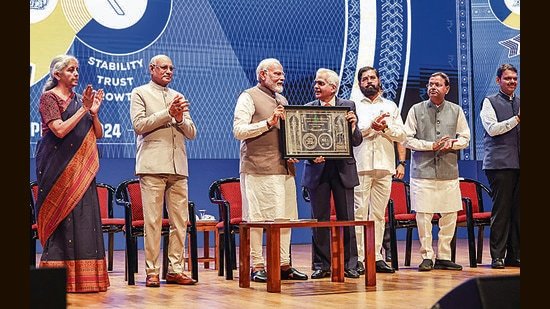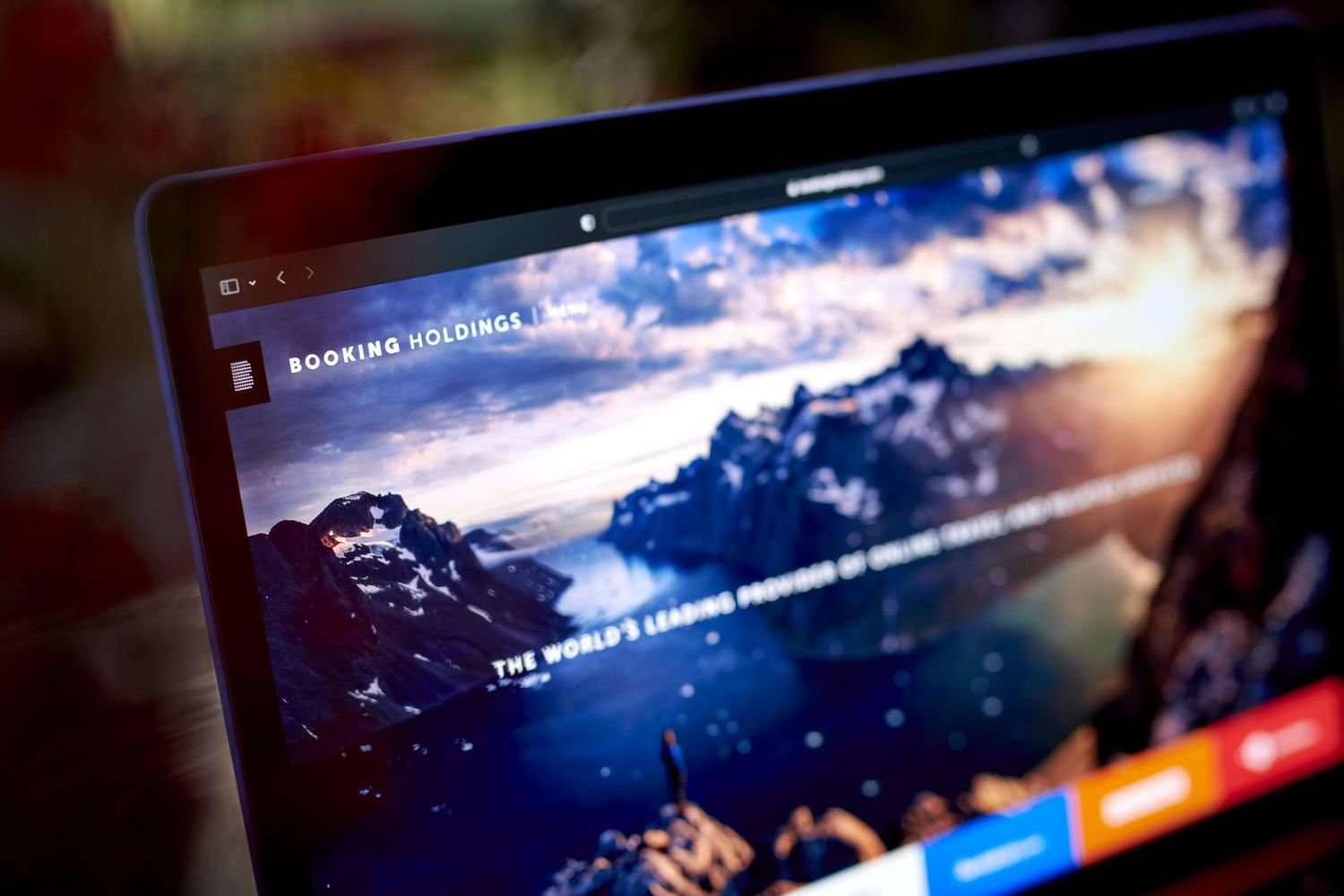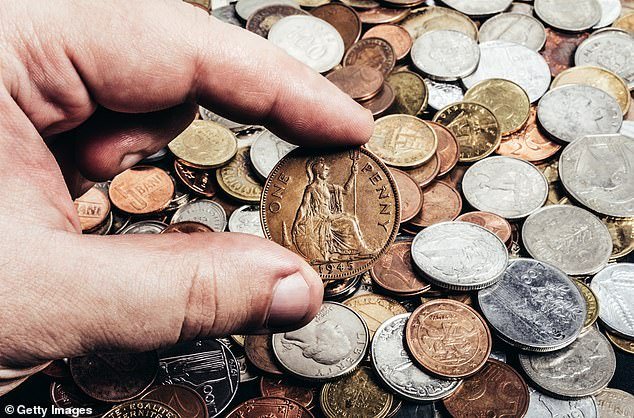Prime Minister Narendra Modi on Monday asked the Reserve Bank of India (RBI) to prepare a 10-year strategy to make the Indian rupee a globally “accessible and acceptable” currency and to meet the credit needs of every segment of the country’s burgeoning economy, particularly the youth.

Praising RBI governor Shaktikanta Das for his “out of box” thinking in monetary management, the PM said the same approach should be used in ensuring “adequate” credit to new sectors, the youth and innovators. Referring to the ₹1 lakh crore research fund announced in the interim budget for innovation, Modi said, in the presence of Union finance minister Nirmala Sitharaman, that the central bank should start thinking how to help those who need financial help in developing cutting-edge technology.
“You have adequate time till I’m busy in elections for the next 100 days. You must think in advance about it because tasks will pour in on the very second day after the oath-taking [ceremony],” the PM said while addressing a function in Mumbai to commemorate 90 years of the RBI.
On March 16, the Election Commission (EC) announced dates for the Lok Sabha elections 2024, which start from April 19 and end on June 1 in seven phases. The counting of votes will be held on June 4. The current government’s term is ending on June 16.
Recalling the work on financial inclusion done by his government in the past 10 years, Modi said wider use of digital payments by street-hawkers is showing their financial footprint transparently. He urged the regulator to use this information in empowering them financially. According to government data, total digital transactions surged multifold from 2,071 crore in 2017-18 to 13,462 crore in 2022-23.
“Friends, we have to accomplish one more big task together in the next 10 years. We have to enhance Bharat’s economic self-reliance. We have to endeavour that our economy should be least effected by global adversities. Today, Bharat is becoming the engine of global growth with 15% in global GDP growth. In these circumstances, [we should] endeavour that our rupee is more accessible and acceptable globally,” he said.
The PM underscored the importance of healthy banking sector growth to provide the required funding to various projects. He also cautioned the sector and its regulator about emerging challenges such as artificial intelligence (AI) and blockchains that have changed the way banking is done. Stressing the importance of cybersecurity in the rapidly growing digital banking system driven by fintech, he urged experts to bring corresponding changes in the system.
The banking sector must be ready to meet the credit requirements of all – from global champions to street vendors, from cutting-edge sectors to traditional ones, he said. “This is critical for Viksit Bharat (developed India),” he said.
Asking the central bank to be future-ready, the PM said policies drafted today will shape the next decade for the RBI. Appreciating the central bank’s professionalism and its focus on trust and stability in transforming India’s banking sector in 10 years, Modi said now the system is being seen as strong and sustainable. Gross non-performing assets (NPAs) of banks that were 11.25% in 2018 came down to below 3% by September 2023, he said. The problem of twin balance sheets is a problem of the past, he said, complimenting the regulator for taking right decisions.
When the Modi government came to power, it decided to make the banking system transparent; it stopped evergreening of bad loans and unearthed hidden NPAs through an asset quality review on April 2015. This saw a sudden spike in gross NPAs to ₹10,36,187 crore by March 2018. Before the review, the gross NPA was ₹2,16,739 crore (on March 31, 2014) as most of the NPAs were hidden in the balance sheets of banks due to evergreening.
The government adopted a four ‘R” strategy – recognition, resolution, recapitalisation and reforms – to bring back banks into good health. While banks were recapitalised (with ₹3.5 lakh crore capital infusion) other reforms such as the Insolvency and Bankruptcy Code (IBC) alone resolved loans amounting to ₹3.25 lakh crore, the PM said. More than 27,000 applications involving underlying defaults of over ₹9 lakh crore were resolved even before admission under the IBC, he added.







